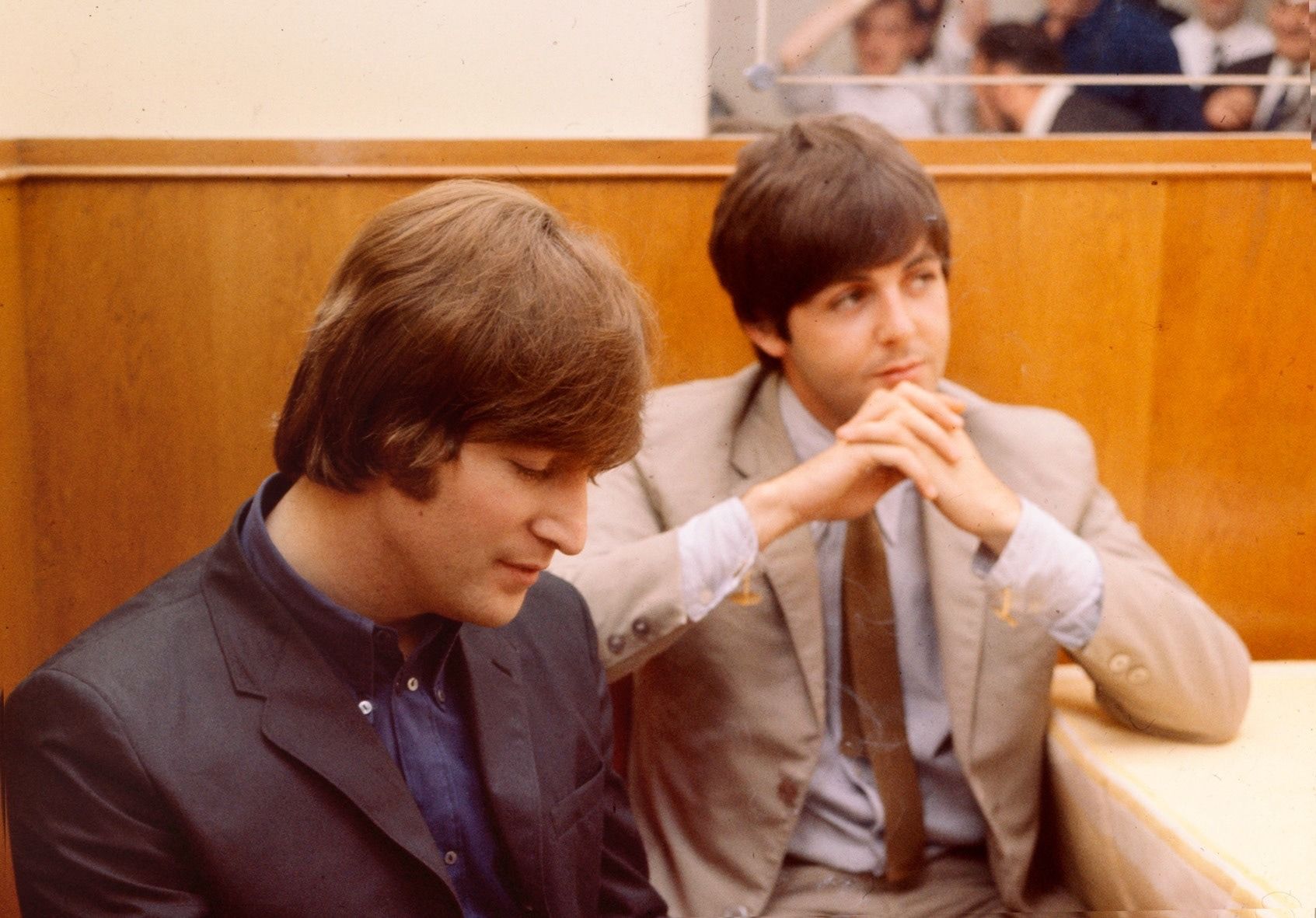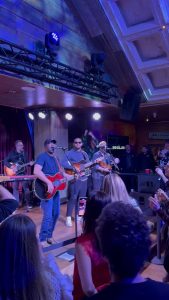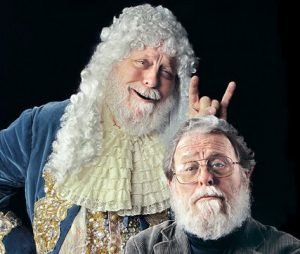For generations, the myth of the lone genius has loomed over us, its shadow masking the true nature of creative effort. Attempts to dismantle the Lennon–McCartney partnership illustrate how deceptive that myth can be, because John and Paul were clearly more creative as a pair than as individual citizens, even though they appeared to operate in opposition at times. The lone-genius myth keeps us from confronting a number of paradoxes concerning creative pairings, such as the fact that distance does not inhibit intimacy and is sometimes a necessary component of it; and that rivalry and collaborations are frequently intertwined.
Only by exploring this terrain can we understand how Steve Jobs and Steve Wozniak, William and Dorothy Wordsworth, and Martin Luther King Jr. and Ralph Abernathy were able to produce such brilliant work. It turns out that the basis of their accomplishments was collaborative. If that seems impossible, it’s because our cultural fixation with the individual has masked the potential of the creative partnership.
This power is exemplified by John and Paul. Geoff Emerick, EMI’s chief engineer on Revolver, Sgt. Pepper’s Lonely Hearts Club Band, some of The White Album, and Abbey Road, recognised the two as a single creative being from the start. “Even from the earliest days,” he recalls in his memoir, Here, There and Everywhere, “I always felt that the artist was John Lennon and Paul McCartney, not the Beatles.”
Emerick was intrigued by the pair’s odd-couple character while watching them via the control-room glass at Abbey Road’s Studio Two. “Paul was meticulous and organized: he always carried a notebook around with him, in which he methodically wrote down lyrics and chord changes in his neat handwriting. In contrast, John seemed to live in chaos: he was constantly searching for scraps of paper that he’d hurriedly scribbled ideas on. Paul was a natural communicator; John couldn’t articulate his ideas well. Paul was the diplomat; John was the agitator. Paul was soft-spoken and almost unfailingly polite; John could be a right loudmouth and quite rude. Paul was willing to put in long hours to get a part right; John was impatient, always ready to move on to the next thing. Paul usually knew exactly what he wanted and would often take offense at criticism; John was much more thick-skinned and was open to hearing what others had to say. In fact, unless he felt especially strongly about something, he was usually amenable to change.”
Also read: Paul McCartney turns 80: His best solo songs, ranked
“The diplomat… and the agitator.” Interacting with Paul and John regularly, it was impossible not to notice these disparities. “John needed Paul’s attention to detail and persistence,” John’s first wife Cynthia Lennon had said. “Paul needed John’s anarchic, lateral thinking.”
Paul and John appeared to be quintessential representations of order and anarchy. Apollo, who represented the intellectual and self-disciplined, and Dionysus, who represented the impulsive and emotional, were the ancient Greeks’ representations of these two parts of human nature. The connection of the Apollonian and the Dionysian was posited by Friedrich Nietzsche as the cornerstone of creative labour, and modern creativity research has verified this understanding, exposing the crucial relationship between breaking and making, questioning and refining, disturbing and organising.
The iconoclast was John. In early live performances, he would fade into the background, allowing Paul to enchant the audience, before twisting up his face, adopting a hunchback position, and playing dissonant notes. He purposefully kept his guitar marginally out of tune at times, contributing to what composer Richard Danielpour describes as “that raw, raunchy sound.” He was difficult, if not impossible, to deal with in the press. He was continuously clamouring in the studio to do things differently. He wished to be suspended from the ceiling and swing around the microphone. He desired to be videotaped from behind.
While John was breaking form, Paul was trying to make it. He was the band’s de facto musical director in the studio and its unwavering supporter outside. “Anything you promote, there’s a game that you either play or you don’t play,” he explained. “I decided very early on that I was very ambitious and I wanted to play.” He was the one among the Beatles who would “sit the press down and say, ‘Hello, how are you? Do you want a drink?,’ and make them comfortable.”
Distinctions are an excellent method to meet a creative couple. What important is how the pieces fit together. So focusing on how John attacked reporters while Paul captivated them is incorrect. Because Paul dazzled the reporters, John was able to offend them. Their music evolved in a similar manner, with single strands intertwining into a mutually reinforcing double helix.
The work John launched was bitter and tired, whereas Paul’s was vibrant and naïve. Interaction created the magic. Consider the home demo for “Help!”—an intensely raw, fiercely candid song written by John while he was suffering from the type of sadness that made him want to “jump out the window, you know.”
The original has a slow, basic piano song that sounds like a blues groan. When Paul heard it, he recommended a countermelody, a playful harmony to be sung after the main lyric—and this significantly altered the song’s essence. It’s no coincidence that John begged for “somebody… not just anybody” in the lyrics. He was afraid of drifting away, so Paul helped him get his ‘feet back on the ground.’
McCartney recalls songwriting with Lennon as a “kind of pingpong,” with the two men exchanging melodies and words.
“He’d be sitting there and I’d be sitting here, and one of us would suggest an opening line. And then the other one would go, ‘OK’ and would make a suggestion for the second line,” McCartney recounts. “It was just easier with me and John, just because you could iron out any wrinkles there and then.”







